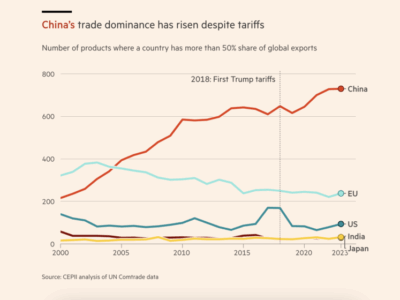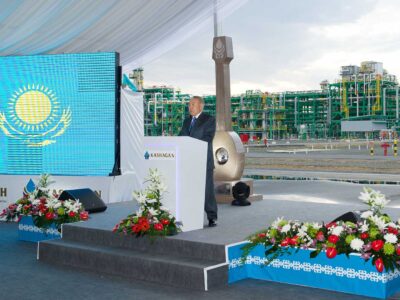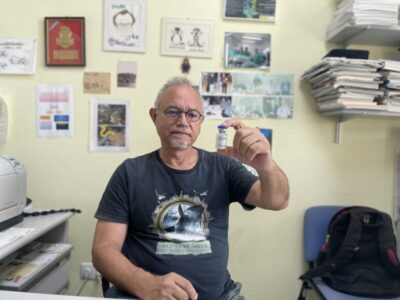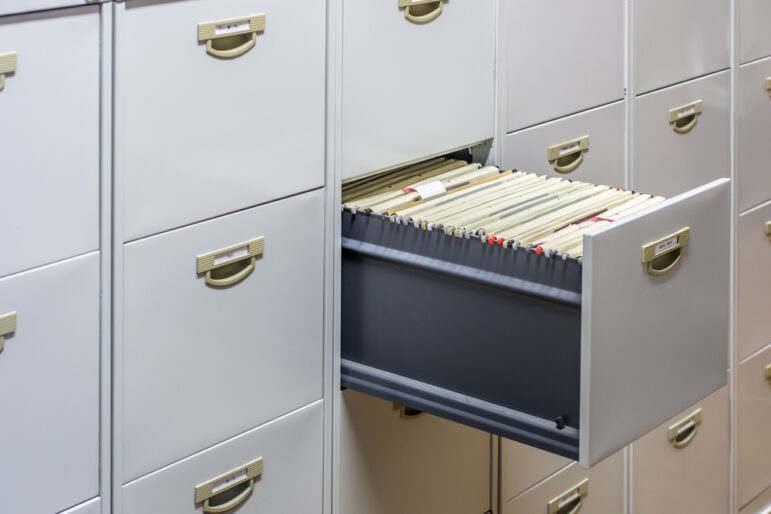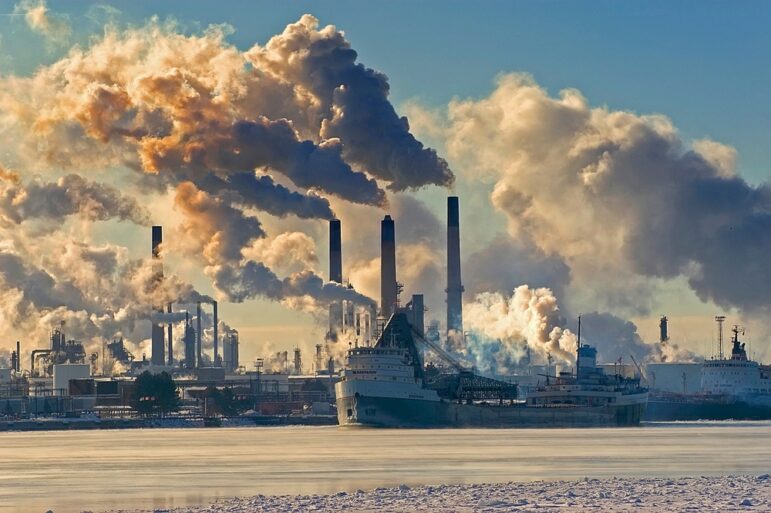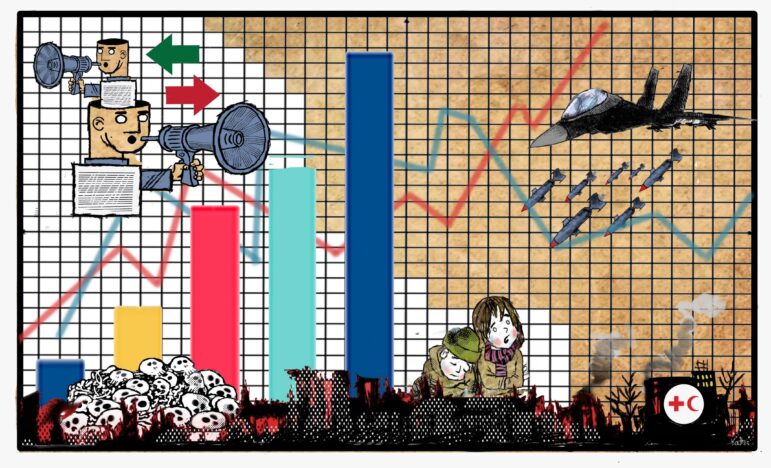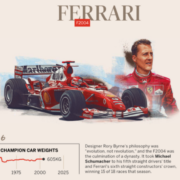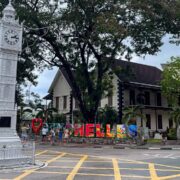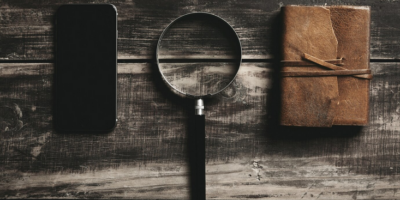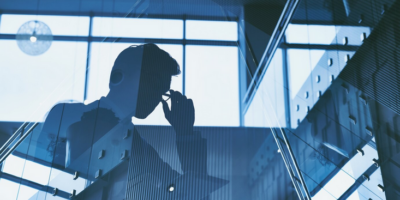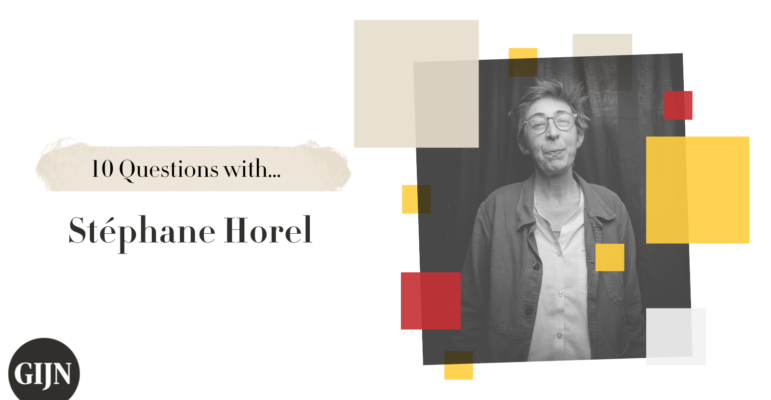
In recent years, there has been growing interest in environmental investigations. French investigative journalist Stéphane Horel, who works for the newspaper Le Monde, was already interested in exposure to pollution, pesticides, and toxic products when these subjects were not considered sufficiently “noble” material for investigation.
An ICIJ member since 2024, Horel also investigates scientific disinformation and the influence of lobbies. In a career spanning more than 20 years, Horel, who considers investigating to be in “her nature,” has won numerous awards for her reporting. Among these accolades are the Louise Weiss Prize for European Journalism and European Science Journalist of the Year Award 2024 for the Forever Pollution project, which she coordinated, and the European Press Prize for Investigation in 2018 for the Monsanto Papers investigation, which she co-authored with Stéphane Foucart.
While her investigations are scientifically rigorous, the former Russian literature student, who enjoys making collages in her spare time — some of which can be found on the covers of her books — employs a creative approach to investigation, with careful writing and — why not? — a touch of humor.
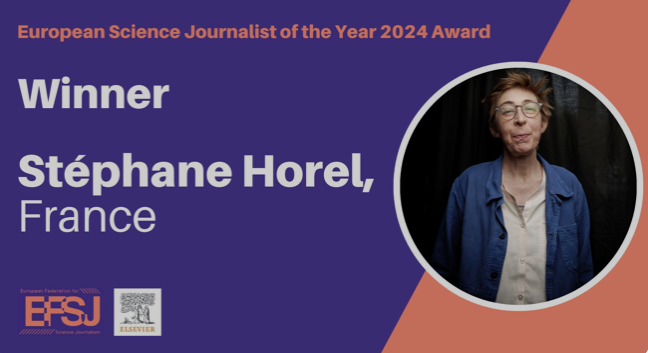
For her work on the Forever Pollution project, Stéphane Horel was recognized as the 2024 European Science Journalist of the Year. Image: Screenshot, EFSJ
GIJN: Of all the investigations you’ve worked on, which has been your favorite and why?
Stéphane Horel: My favorite investigation is always the one I’ve just done, because my heart and mind are still in it. Between the Forever Pollution project and the Forever Lobbying project, I’ve been working for three years on the pollution created by PFAS, the forever chemicals — and I’ve loved it. This was the first time I’d worked on industrial pollution, and it was fascinating to make visible a subject that, until then, had been as invisible as pollution itself. With our map published in February 2023, which revealed the extent of PFAS contamination in Europe, we forced opinion to realize the seriousness of industrial pollution and the lack of regulation that allows the situation to exist. So there’s this great source of satisfaction for the whole team in having worked for the general interest, and in having taken the subject out of the environment department to propel it to the political and European level.
The way it was done was also exciting. Coordinating a cross-border investigation was something new for me. It’s like setting up a small operational editorial team on a specific topic: you have to create buy-in from a group of journalists who, for the most part, don’t know each other and are from different cultures, all while you have no hierarchical link with them. It was a professional and human challenge that I really enjoyed.
And then there were a lot of things to invent for this investigation, in particular how to integrate specialists and scientists to produce the most rigorous information while maintaining an independent editorial process. This is what we call “expert-reviewed journalism.”
GIJN: What are the biggest challenges in terms of investigative reporting in your country/region?
SH: I feel almost indecent complaining about certain working conditions, compared to journalists working on environmental issues in Latin American or Asian countries, where the risk is more of ending up with a bullet in the head than having to deal with an unpleasant contact from a company.
Until now, when I was asked about possible pressure, I used to laugh and say: ‘Never, I work quietly at home in pink slippers.’ Except that, on this investigation — with hundreds of billions of euros at stake — the question of security came up for the first time in my life. Attempts were made to break into my home, a bag was stolen from a café… These may be coincidences, but I lodged a complaint and the newspaper reported the matter to the public prosecutor’s office. That doesn’t prevent me from continuing to do my job, but it’s not comfortable.
As far as investigative journalism in France is concerned, there’s a problem of valorization. We’re one of the only countries in Europe without an association of investigative journalists, and this lack of collective and professional reflection is a major shortcoming. We’re in a cultural context where reportage journalism, with a strong literary dimension, is given greater prominence; indeed, France’s most prestigious journalism prize, the Prix Albert Londres, rewards this type of journalism. There’s also a tendency in France to associate investigative journalism with politico-financial stories. As a result, it’s not easy to convince editorial offices to give importance to other investigative subjects… and the time it takes to uncover systemic problems such as industrial pollution, for example.
GIJN: What’s been the greatest hurdle or challenge that you’ve faced in your time as an investigative journalist?
SH: Until recently, the topics I worked on (pesticides, exposure to chemicals) were not considered subjects for investigation. In 2008, when I wrote my first book “La grande invasion” (“The Great Invasion”), an investigation into the products that poison our daily lives, the subject was non-existent outside scientific circles. Because it was perceived as a “consumer” subject, and because I was a woman, my publisher initially thought of a very girly cover. I had carried out a thorough investigation based on all the scientific literature on the effects of these substances, and it was received as a “woman’s” subject.
I was independent for a long time. It wasn’t easy to carve out a path and establish credibility as an investigative journalist working on subjects that were wrongly considered to be non-investigative.
GIJN: What is your best tip or trick for interviewing?
SH: An interview is an encounter. You can’t expect someone to say interesting things if you’re not interested in them. I’m interested in knowing who the person in front of me is, even if it’s a lobbyist defending pesticides. I try to catch the human behind the function.
When interviewing top scientists, you shouldn’t go to these people knowing nothing about them and asking basic questions. This is an insult to their expertise and the little time they have. Before interviewing a specialist, “know your shit.” This preliminary work is a question of respect, and it also allows you to have real in-depth discussions with them.
GIJN: What is a favorite reporting tool, database, or app that you use in your investigations?
SH: It’s more an editorial tool that comes to mind: humor. Approaching certain issues with a sense of humor helps to bring out a meaning that you wouldn’t otherwise see.
In the PFAS investigation, for example, we created a document compiling the best of the industry lobbies’ threats, called “the Apocalypse at Your Doorstep.” There were classic elements of economic blackmail (“we’re going to have to lay off so many people”), but sometimes industrialists go so far as to make it laughable, as when a European pharmaceutical industry lobbying organization claimed that banning PFAS would lead to the shutdown of all pharmaceutical production in Europe.
Humor not only makes for something interesting from an editorial point of view, it also helps to resist the violence of the subject. After all, there are hundreds of thousands of people who are going to get sick and die. Without the humor that allows us to take a step back, it’s enough to make you depressed.
GIJN: What’s the best advice you have received thus far in your career, and what words of advice would you give an aspiring investigative journalist?
SH: For me, the key is trust. I’ll never forget the people who have trusted me in my professional life, because trust is empowerment. It’s thanks to this trust that I was able to find my way as an investigative journalist.
Now, when I have the chance to coordinate investigations with journalists of all ages and cultures, I try to return that trust. And it’s sometimes magical to see journalists who have been given space, and who in some cases have never really done any investigative work, become pillars of the project, bringing new ways of seeing things.
GIJN: Who is a journalist you admire, and why?
SH: I have boundless admiration for my colleague Stéphane Foucart, a journalist at Le Monde with whom I worked on the Monsanto Papers and an investigative book on scientific disinformation, “Les Gardiens de la Raison” (“The Guardians of Reason”) in 2020. It’s an intellectual and friendly encounter, but also one of gratitude, as it’s partly thanks to him that I’m at Le Monde. I’m constantly impressed by his intellectual agility and his ability to constantly build up his high-level scientific skills.
GIJN: What is the greatest mistake you’ve made and what lessons did you learn?
SH: I learned by doing that coordinating cross-border projects isn’t always synonymous with democracy. Sometimes, you have to make decisions that one part of the team doesn’t like, and this creates tensions that you have to learn to manage. You don’t have to be a dictator to make decisions in the collective interest.
On the last project, I had created a collective task for 45 people to collect industry lobbying arguments, but the result wasn’t optimal because some colleagues didn’t understand this approach. And that’s normal. Not everyone is wired the same way. Again, it’s all about trust: letting people develop their own skills and talents.
GIJN: How do you avoid burnout in your line of work?
SH: Burnout is a widespread problem in our profession and in society in general. I once found myself hospitalized in intensive care, largely due to a combination of professional and personal stress. I had exploded, it was too much. I love my job and I still work too much today, but I’m vigilant now. I have a message on my fridge that says: “You are as important as your work.”
One of my safeguards is that right up to the last line of the wrap-up, I set aside one day a week when I don’t work at all. Coordinating a survey is a big mental burden, and on that day I see friends or I collapse on my sofa to read, but I don’t make any decisions.
GIJN: What about investigative journalism do you find frustrating, or do you hope will change in the future?
SH: Cross-border journalism and collective intelligence are exciting, but I think there’s a tendency to multiply projects too much. This leads to less in-depth investigations that aren’t worth the exhaustion. I’m thinking in particular of freelance journalists who find themselves carrying out three or four investigations at the same time. But the same problem arises in newsrooms, where being able to be monomaniacal about one investigation for several months is still difficult.

